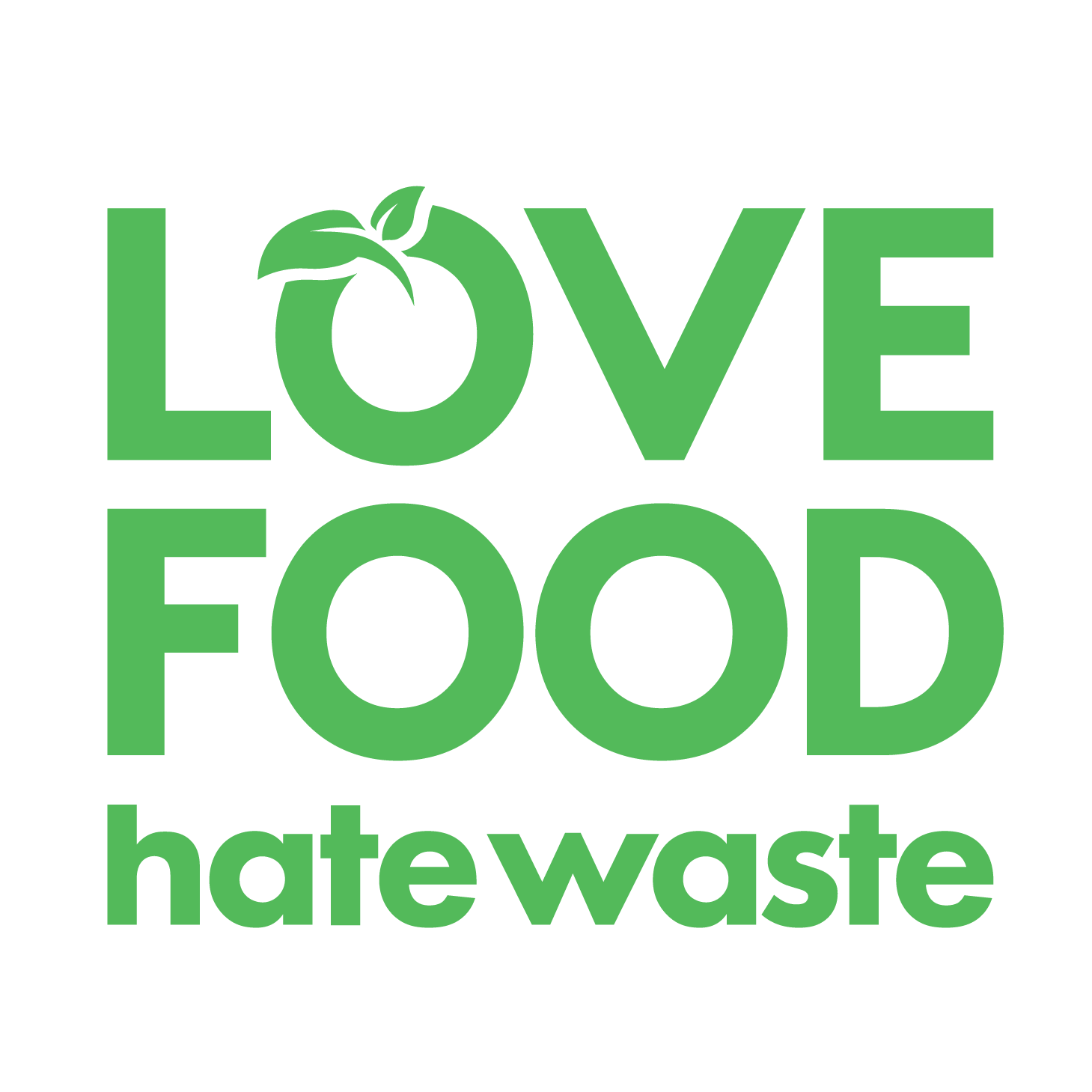Conservation doesn’t come naturally for many of us — especially when it comes to food.
For new parents, this becomes readily obvious as they have to beg and bribe their kids to finish a meal. But it’s also a chance to teach little ones the virtue of a clean plate. Here are some great ways to start.
For All Kiddos
Feed Them Your Food
Save time, energy and untouched leftovers by feeding your child the same food you eat, pureed for the little ones. Serve yourself a smaller portion knowing you’ll likely finish what they don’t. Start when they’re young and you’ll never be a short order cook for your child.
Serve Tiny Portions
We want our kids to try new foods, but studies show many children have to try a food up to 15 times before accepting it. Start with small portions and minimize untouched food. You can always offer seconds when they’re interested.
Save Tiny Portions
Speaking of those barely touched portions — save them! Either serve leftovers again in the next couple of days, or, incorporate them into something else. Put leftover milk in your morning coffee and leftover veggies in a stir fry. Purees can be added to pasta sauce or soup.
Limit Snacking
Kids that munch constantly aren’t hungry during mealtimes.

For New Eaters

Forget The Five-Second Rule
Place a clean mat below your small child’s high chair before serving food. That way, food that falls (or gets jettisoned) off the tray is still safe to eat and can just be placed back on their plates.
Feed Finger Foods
Little nuggets don’t spill, can be easily recovered off the mat below and allow your child to learn to feed him or herself independently.
Don't Tolerate Food Flight
Kids throw food on the floor to test their boundaries. Don’t put up with it. Stay nearby as they’re learning to eat and intervene before the food starts flying. Give them a specific place on their plate or tray to put it instead. They’ll eventually get it and you’ll have less cleaning to do as a result
As They Get Older
Inspect Lunchboxes
Pack reusable containers with lunch and have your kids bring home leftover food and drinks. Asking why some food went uneaten will help you offer the right foods in the right amounts next time. Sometimes small changes like cutting foods into smaller pieces can make lunch more appealing.
Use The Ikea Effect
People tend to like things they helped make and children are no different. So involve your kids in cooking. Give them choices when possible. Allow them to serve themselves in the portions they want, within reason.
Garden and Visit A Farm
Kids who are involved in growing fruits and vegetables are more likely to eat them. Give your child an appreciation and respect for the resources required to bring food to the table by starting a garden, joining a community garden, or visiting a farm.

Content courtesy of Save The Food.

